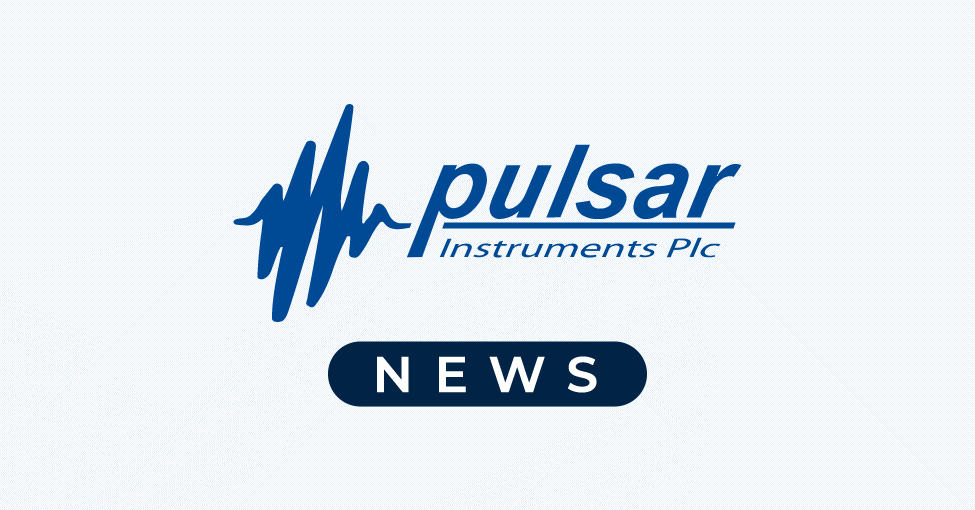The Pulsar SafeEar is a visual noise monitor. We’ve designed it to inform the people around the sign when noise is becoming too high and noise limits have been breached by lighting up with a warning message. One of the key features of the Pulsar SafeEar is that you can set the noise trigger levels yourself within a range of 40dB(A) and 114dB(A), but what noise alert level should you choose, and where is the place to put it?
What noise limits to choose
Setting the right noise limit for your SafeEar Noise-Activated Warning Sign is a vital step in the installation. The difference between setting the right level for your environment and the wrong level is that either it is triggered too often and is flashing your chosen health and safety message all the time, or it is not triggered at all. Our factory-established setting for the SafeEar is 80db(A) with a 30 second off-delay – this means they are triggered instantaneously when noise levels at the microphone reaches 80dB(A) and then it takes 30 seconds after the noise has returned to normal for the warning message to disappear.
There are no set rules for what to set the noise monitor’s trigger level at as it depends on the application and the background (ambient) noise in the location where it will be used, but here are some of our recommendations for noise trigger levels for some common situations and environments.
| Sound environment | Noise Limits (decibels (dB)) |
|---|---|
| Exam room | 40 – 45 |
| Hospital Neonatal Departments | 40 – 45 |
| School classrooms | 50 – 60 |
| Open plan offices and call centres | 55 – 65 |
| Light industry and laboratories (no noisy machinery) | 65 -75 |
| Factories with noisy machinery | 79 – 85 |
| Music venues (concert halls, rehearsal rooms, dance rooms for example) | 92 – 105 |
The recommendations above are provided using the World Health Organisation’s (WHO) advice as a basis: The WHO guidelines suggest hospital noise levels should average 35dB(A) during the day and 30dB(A) at night. The WHO recommends levels of noise at schools are: 35dB(A) for background noise alone during teaching sessions and 55dB(A) for background playground noise.
Of course, if your installation is for a Noise at Work application, you should also take account of the action values and limits imposed by the Control of Noise at Work Regulations. In all liklihood this means setting the SafeEar to trigger at or just below 80dB(A) so people know when to put on their ear muffs for example.
What is the best location for your noise monitor
It is important that the SafeEar is installed in the right location and that is set to light up at the correct sound level based on where people are working. The SafeEar will normally be mounted on a wall (or it could be mounted on a tripod or mobile trolley) but the noise level at the wall is not normally the same as that where the noisy machinery (noise source) is. If you double the distance from the noise source you halve the noise level, remembering that every 3dB change represents either a doubling or halving of sound level, so double the distance from the noise source equates to a 3dB reduction in noise. Therefore the further the sign is from the noise source, the lower the trigger level at the wall should be set.
For example, if the sound level at a machine (the noise source) measures 90dB(A), 1m away from that source it will be 87dB(A), 2 m away it will be 84dB(A) and 4m away it will be 81dB(A) and so on. So if the warning sign was 8m away from the noise source you would set the trigger level at 78dB(A) to tell workers that they need to put on the hearing protection.
This relies on you knowing the noise level of the noise source and the level of noise at peoples work stations; the best way to find this out is by using a sound level meter, and then you can adjust the signs to light up accordingly.
Other things to take into consideration for the correct placement of your noise monitor include:
- Do mount them on a visible spot on the wall, at approximately face height (we recommend between 1.8 – 2m (5′ 10″ – 6′ 6″))
- Do mount one opposite a door (so people entering can see it if they need to put on hearing protection), or even better, mount a ‘remote’ triggered unit outside the door (or zone) so people can see if they need to wear hearing PPE before they enter.
- Don’t mount the units close to sound-absorbing material as this may impair the true noise level measurements of the microphone
- Don’t mount them too close to the noise source
- Don’t cover the microphone at the top of the device (or in the case of the Weatherproof SafeEar, at the bottom of the unit).
How many will I need?
The SafeEar covers a distance of approximately 30m2 from the noise source depending on the layout of your workplace and if there are any physical barriers in the way.
You can work out how many you may need by knowing:
- The square meterage of the area to be covered
- The diameter measurement from the noise source to the wall mounting (should be no greater than 10m)
- The number of doorways or blind spots that need to be covered.
If you need help with this please let us know.
Find out more
Find out more about the SafeEar and how easy it is to install and set the noise limits by downloading the datasheet Pulsar SafeEar Datasheet & Installation Guide.pdf.


